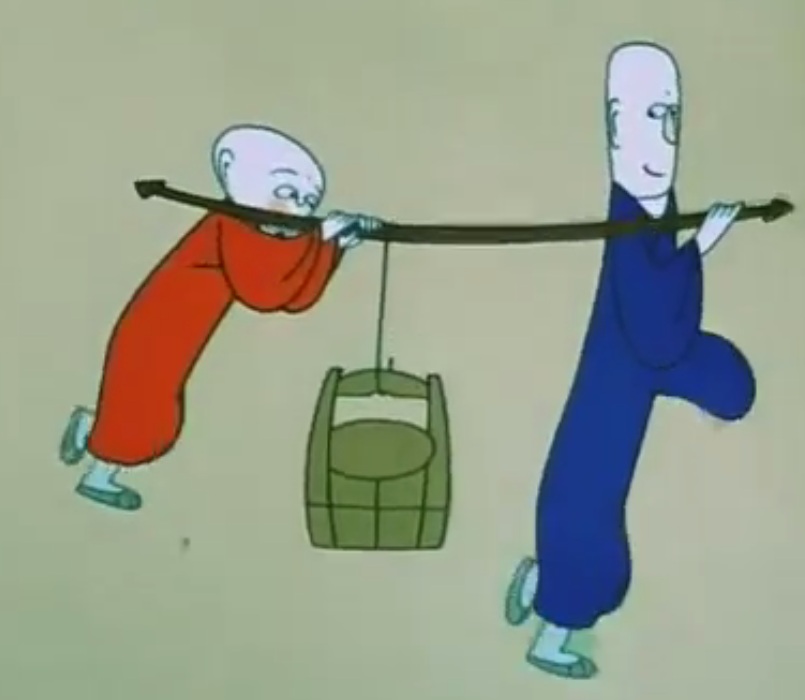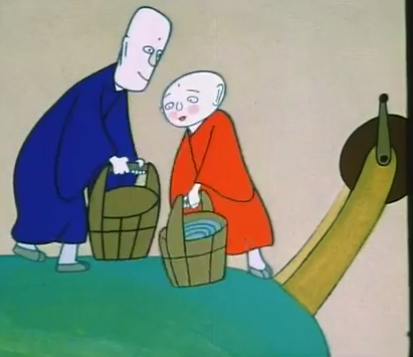An idea can
change your life
The very first session organized by B-Gyan
that I attended and the topic was Global Pharmaceutical Industry Trends: SCM
challenges & opportunities in the market By Mr. Rajesh Pednekar, Head distribution,
Pfizer Ltd. But it actually was a session on entrepreneurship in disguise.
And, if you have even 0.1% of that
entrepreneurship spirit in you, that guy made sure that it was multiplied by
1000 and you are , all of a sudden, looking for new ideas to start your own
venture as if someone hypnotized you. I mean if you sell a 1 rupee good to the
entire nation, you can make a billion bucks. All you need to figure out is
something the nation requires. Address the problems faced by the nation and
make a fortune out of it.
So it started with how attractive India is
as an economy and what are the opportunities in the pharmaceutical industry
and, there certainly are many with a large amount of patents expiring in the
coming two years. Then something about the supply chain challenges faced by
pharmaceutical industry and how GST is going to play a positive role in that.
Then comes the main part, Entrepreneurship.
Have you ever imagined or considered 10 lakhs in a job and 10 lakhs in a
business is different? How tax inefficient jobs are? With the same income of 10
lakhs and same expenses, you can save about 7 times more in a business. Isn’t
it amazing? You have the freedom to decide what to do, you can leave a settled
business for your kid and I can tell you “n” no. of advantages. So the ball is in your court and you are the one to decide if you want to be an employee or The Employer.
Looking forward for another inspiring session from B-Gyan but more than that thinking of an idea, a problem to
address. And Guys, the idea will flow from your day to day life only. Just think what all problems you or some or the other section of the society faces in the daily activities and how they can be improved.
Good Luck.
Good Luck.





